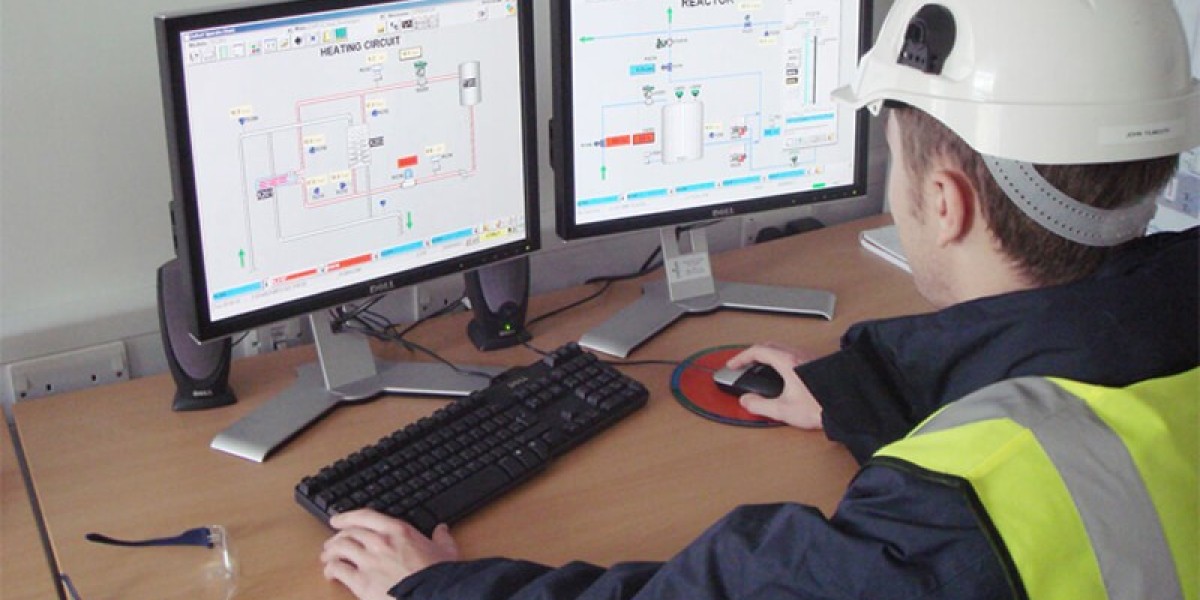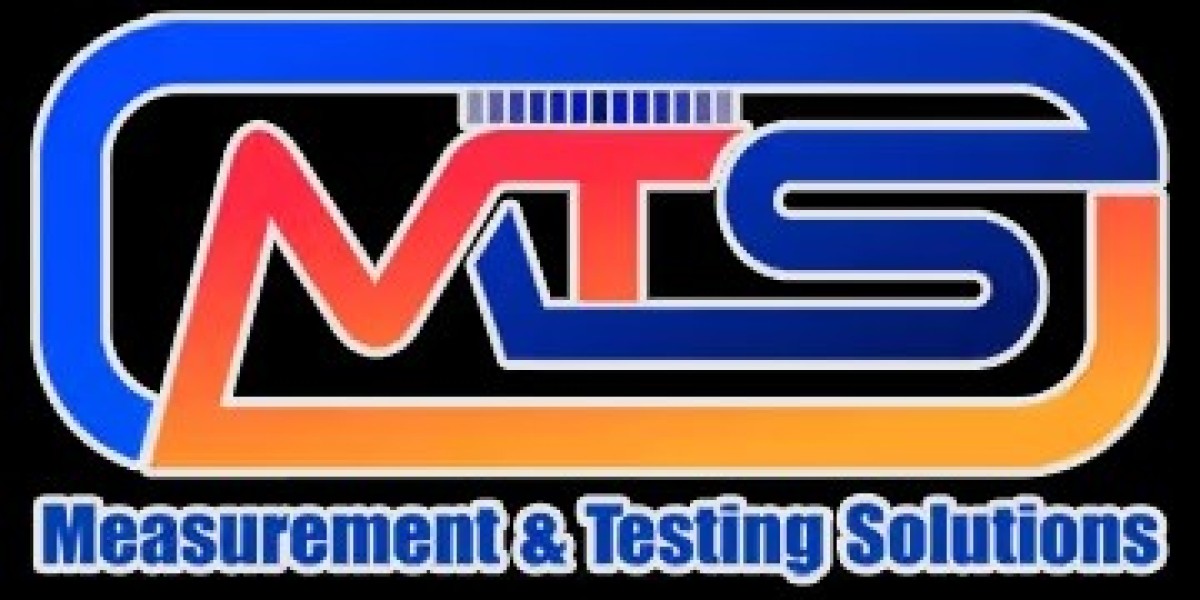What are Computerized Maintenance Management System?
Computerized Maintenance Management Systems (CMMS) are software applications that are used to track and manage assets, maintenance tasks and work orders within a facility or operation. Computerized Maintenance Management System programs allow organizations to schedule preventive maintenance tasks, track work history on equipment, manage parts inventory and monitor work by their maintenance staff. Some key functions that Computerized Maintenance Management System provide include work order management, scheduling maintenance activities, procurement and inventory tracking, and reporting of maintenance metrics and costs.
Benefits of Implementing a Computerized Maintenance Management System
Improved Planning and Scheduling
Work orders can then be automatically generated and assigned to technicians. This preventive approach helps avoid equipment downtime and failures from deferred maintenance. Computerized Maintenance Management System also facilitate reactive work by enabling quick creation and tracking of maintenance jobs from equipment issues.
Inventory and Procurement Management
Maintaining proper stock levels of parts and supplies is vital for smooth facility operations. Computerized Maintenance Management System integrate with inventory modules that let users track stock on hand, reorder points and item usage history. When work orders are closed, the system records any parts consumed which aids in demand forecasting. Procurement functions streamline the purchasing process whether for routine maintenance items or large capital equipment replacements.
Reliable Record Keeping
Paper-based maintenance records are prone to loss or damage over time. Computerized Maintenance Management System digitally stores all work order details, departmental tasks, equipment histories and employee activities. This centralized database provides a single point of reference for both current and historical maintenance data. Key information remains secure and accessible from any device. Digital record keeping also simplifies regulatory compliance requirements for industries like manufacturing, healthcare and utilities.
Cost Reduction and ROI
The increased efficiency from planned maintenance results in significant cost savings overall. Unscheduled downtime due to equipment failures is minimized while assets are kept running longer between repairs. Reduced parts inventory carrying costs and labor hours translate directly to increased profitability. Many organizations experience positive ROI within the first 1-3 years after implementing a Computerized Maintenance Management System solution. Ongoing operational savings then continue to accumulate over the long run.
Performance Measurement and Reporting
Maintenance managers require visibility into departmental performance metrics and equipment uptime. Advanced Computerized Maintenance Management System reporting features present key maintenance KPIs in customizable dashboards and detailed reports. Decision makers gain insights into areas needing improvement like worker productivity, recurring equipment issues or budget variances. Data reports also aid capital expenditure planning through end-of-life replacement projections based on collected asset data.
Advancing with Technology
Modern Computerized Maintenance Management System platforms integrate emerging technologies that raise the digital capabilities of maintenance programs. Cloud-hosted software-as-a-service models provide mobile access from any location. Interactive asset mapping uses GIS and BIM data to visualize facilities and systems. Condition monitoring sensors transmit real-time equipment data to trigger predictive actions in the Computerized Maintenance Management System before failures occur. Artificial intelligence and machine learning promises autonomous diagnosis and prognostics-informed maintenance planning in next-gen systems. As technology advances, Computerized Maintenance Management System will continue evolving to support smarter, connected maintenance operations.
Key Factors for Computerized Maintenance Management System Selection and Implementation
With the diverse Computerized Maintenance Management System offerings available, proper selection and setup are crucial for success. Businesses must assess their specific operational needs and budget before evaluating potential software providers. Implementation requires thorough analysis of current work processes, equipment master data entry and setup of core CMMS modules like preventive maintenance, work orders and inventory control. User training on the new system and establishment of key performance metrics for ongoing improvement are equally important post-deployment steps. Proper change management also aids user adoption of the technology. A collaborative approach between all maintenance stakeholders ensures a smooth transition to computerized maintenance management.
naufan cmi
322 Blog posts



